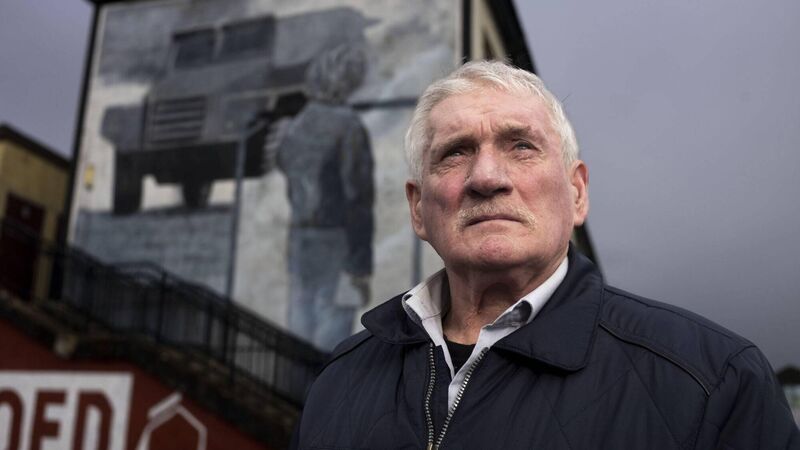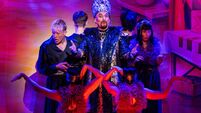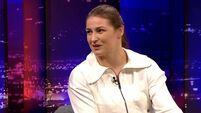TV Review: Once Upon a Time in Northern Ireland is mesmerising storytelling

One Upon a Time in Northern Ireland: Billy, civil rights campaigner, republican and witness to Bloody Sunday
Once Upon a Time in Northern Ireland (RTÉ Player and RTÉ One, Thursday) starts slowly and awkwardly.
A woman in a green dress, Fiona, walks to a chair and settles herself before telling us that she had been a finalist in Miss Ireland in the 1980s.
She’s engaging and you should have seen the 1980s hairstyles in the footage, but I couldn’t make out what this Derry woman’s lovely girls' story had to do with the Troubles.
Not long after we see a man on the walls of Derry singing a bad version of ‘The Town I Loved So Well’. I heard myself muttering get on with it.
I don’t remember muttering anything after that.
I was mesmerised as the story we all think we know unfolded from a new angle.
The woman in the green dress witnessed the murders of 13 people in Derry in 1972. Her brother joined the IRA off the back of it and ended up shot by the British army.
The man who couldn’t sing was Billy McVeigh, a legendary rioter during the early ’70s commemorated in a mural that still stands in Derry today.
They are just two from the cast of eye-witnesses who tell of the collapse of Northern Ireland towards anarchy from their point of view.
If the show didn’t start with Fiona telling us a bit about herself that didn’t involve rioting and shooting, I would have tuned out.
Like a lot of people my age, I think I have a good handle on what happened from 1968 on up the north. But I wasn’t there and these people were.
Tom was part of the British Army put on the streets of the north in response to the sectarian violence.
He’s a bluff northern English man, a quiet Jack Charlton, who talked about his bewilderment at a war in a British city.
The beauty of Tom is that we see footage of him in a documentary, aged 19, talking about how he preferred Protestants to Catholics because they gave him tea and cake rather than nail bombs. You can’t blame him for that.
The mic-drop moment for Tom came in the next sentence when he added that he is Catholic himself. Nothing is ever as simple as you think it is.
The narrative time-shifts elegantly.
A minute-by-minute picture of that day, Bloody Sunday, is followed by a David Cameron speech in 2010 at the House of Commons, describing the shootings as unjustified and unjustifiable.
But nothing is ever over in Northern Ireland.
Shortly after this, we learn the flag of the Paratroop Regiment that shot 13 Catholics is still hoisted on lamp-posts in Loyalist areas.
The first episode is mainly a Catholic, nationalist take on the start of the troubles. The producers obviously realised this, because the trailer at the end for episode two features loyalist and Protestant voices.
This is a lesson in outlandishly good storytelling. And a history lesson for younger people who think the Troubles were a band from Derry.



